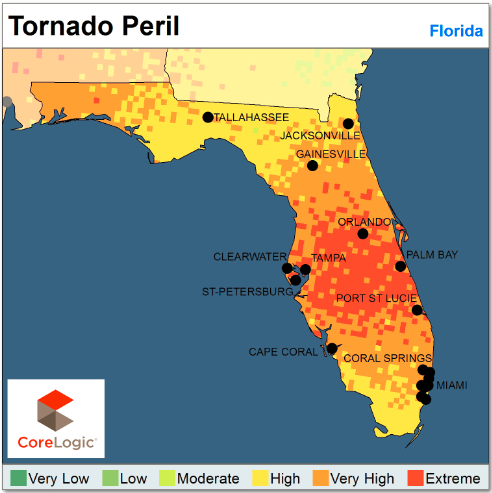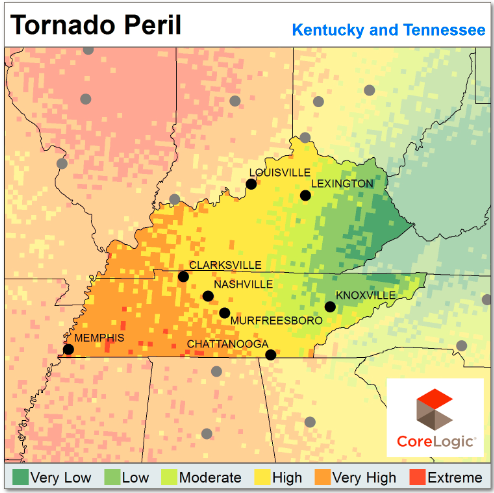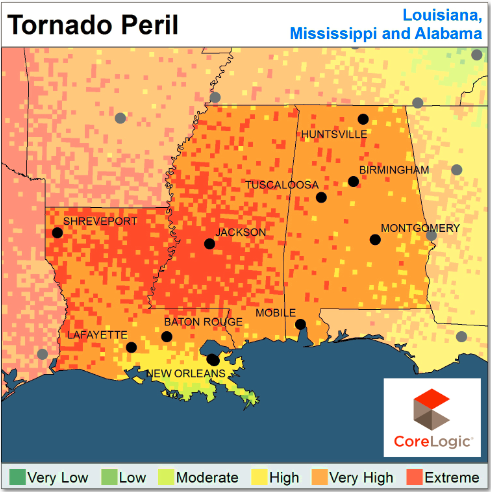The above video highlights the challenges the world will face throughout the rest of the century. Extreme weather, agricultural disruptions and other crises are expected to proliferate as the decades go on and the fallout of rampant carbon dioxide emissions continue to exacerbate climat change.
A recent report from the UN’s Intergovernmental Panel on Climate Change highlights some likely scenarios for the future. When it comes to discussing disasters, there is a variety of scientific consensus on different issues. Many believe, for example, that maximum hurricane wind strength will rise as global sea-surface temperates increase. But when it comes to various means to manage risks climate extremes and disasters, there is “high agreement” on which solutions will work. The following is a list of many ideas expressed in the report.
Multi-hazard risk management approaches provide opportunities to reduce complex and compound hazards (high agreement, robust evidence).
Considering multiple types of hazards reduces the likelihood that risk reduction efforts targeting one type of hazard will increase exposure and vulnerability to other hazards, in the present and future.
Opportunities exist to create synergies in international finance for disaster risk management and adaptation to climate change, but these have not yet been fully realized (high confidence).
International funding for disaster risk reduction remains relatively low as compared to the scale of spending on international humanitarian response. Technology transfer and cooperation to advance disaster risk reduction and climate change adaptation are important. Coordination on technology transfer and cooperation between these two fields has been lacking, which has led to fragmented implementation.
Stronger efforts at the international level do not necessarily lead to substantive and rapid results at the
local level (high confidence).
There is room for improved integration across scales from international to local.
Integration of local knowledge with additional scientific and technical knowledge can improve disaster risk reduction and climate change adaptation (high agreement, robust evidence).
Local populations document their experiences with the changing climate, particularly extreme weather events, in many different ways, and this self-generated knowledge can uncover existing capacity within the community and important current shortcomings. Local participation supports community-based adaptation to benefit management of disaster risk and climate extremes. However, improvements in the availability of human and financial capital and of disaster risk and climate information customized for local stakeholders can enhance community-based adaptation (medium agreement, medium evidence).
Appropriate and timely risk communication is critical for effective adaptation and disaster risk management (high confidence). Explicit characterization of uncertainty and complexity strengthens risk communication. Effective risk communication builds on exchanging, sharing, and integrating knowledge about climate-related risks among all stakeholder groups. Among individual stakeholders and groups, perceptions of risk are driven by psychological and cultural factors, values, and beliefs.
An iterative process of monitoring, research, evaluation, learning, and innovation can reduce disaster risk and promote adaptive management in the context of climate extremes (high agreement, robust evidence).
Adaptation efforts benefit from iterative risk management strategies because of the complexity, uncertainties, and long time frame associated with climate change (high confidence). Addressing knowledge gaps through enhanced observation and research can reduce uncertainty and help in designing effective adaptation and risk management strategies.



